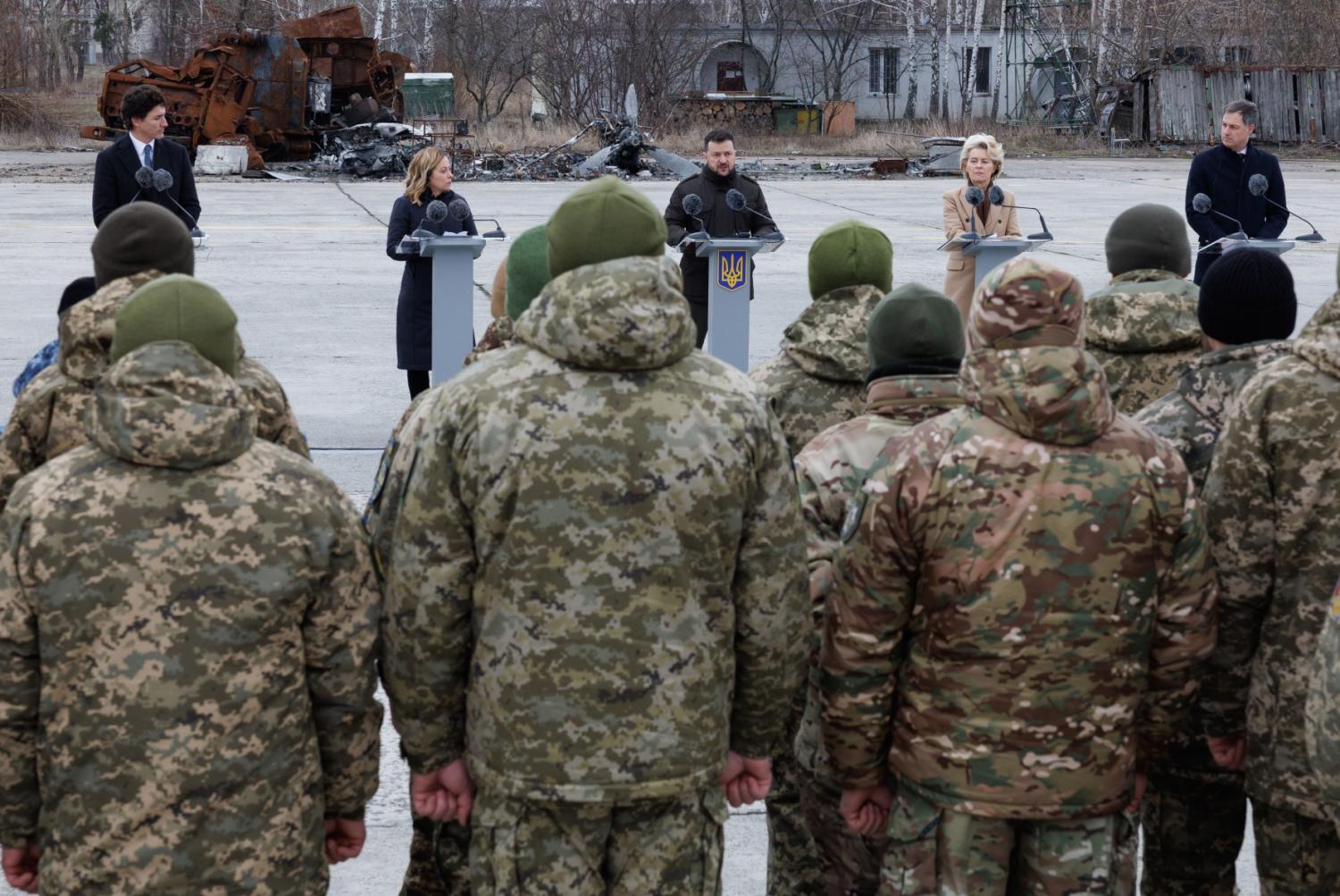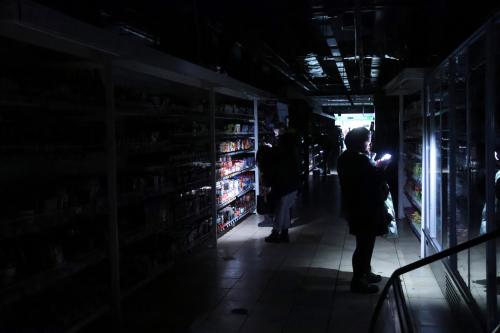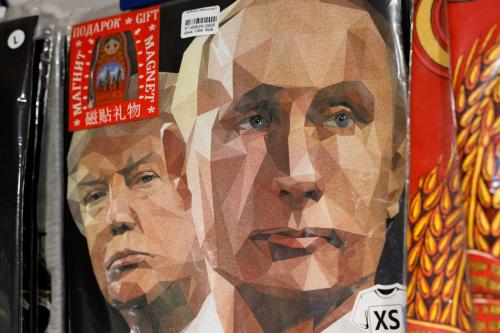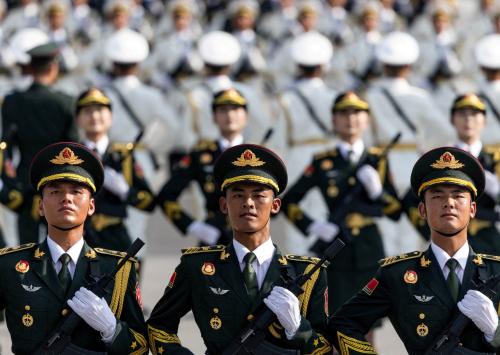This fall has proven difficult for Ukraine. The Russian army presses its attack on Pokrovsk and other points along the front, taking advantage of a continuing Ukrainian manpower shortage. Russian missile and drone strikes concentrate on energy infrastructure as winter sets in. Roger Boyes, The London Times’ diplomatic editor, observed that “Kyiv won’t last till spring.”
Many have underestimated Ukrainian determination and ability to resist the Russians. Come spring, Boyes will join that group. While Ukraine faces steep challenges, several recent developments could strengthen Kyiv’s hand.
The cost of Russia’s limited gains
To be sure, Ukraine faces a grim situation. The Russian army occupies some 19% of Ukraine’s territory. However, that compares to 17% in late 2023. In two years, the Russian military has gained just 2% of Ukraine, in a war that has cost the Russians horribly. The U.K. Ministry of Defense puts the number of Russian casualties since the major invasion began in February 2022 at about 1.1 million, with more than 350,000 in 2025 alone. Other estimates suggest that Russia has suffered as many as 1.4 million casualties.
More than 37 months have passed since the Russian army was tasked with the objective of capturing all of Donbas (Donetsk and Luhansk oblasts). If the Russians finally capture Pokrovsk, something they have been trying to do since the spring of 2024, that would hurt, but that would not necessarily open the door to taking all of Donetsk. This New Year’s Day likely will be the fourth in a row on which the Russian army has failed at that assignment.
Where Ukraine can gain ground
Moreover, several developments—if pursued vigorously—could improve Ukraine’s situation. First, in late October, the Trump administration finally imposed a major new penalty on Russia, sanctioning the country’s two largest oil producers and exporters, Rosneft and Lukoil. Lukoil quickly said it would sell its assets outside of Russia. Many refineries in India, the second-largest importer of Russian oil, paused their purchases of Russian oil.
While this is a welcome step, Russia and importers of Russian oil will seek ways around it. The United States, working with the European Union, will have to track intermediaries that seek to move Russian oil as well as identify and sanction tankers in Russia’s large “shadow” fleet. If the Trump administration is serious, it may also have to apply secondary sanctions on oil importers as well as update and enforce other sanctions already on the books.
The big question: Is the administration serious? President Donald Trump has expressed frustration with the Kremlin’s failure to change course and agree to a ceasefire, but he also seems to have a soft spot for Vladimir Putin. If implemented with vigor, this sanction could seriously reduce Russian oil export revenues, taxes on which make up a good part of funding for the Kremlin’s budget. (Trump’s decision to exempt Hungary from sanctions for one year is not a good omen, but its effect would be minimal if Hungary is a limited exception.)
As for the second development, the European Union (EU) appears to be closing on a plan to make use of frozen Russian Central Bank assets to assist Ukraine. In essence, the plan would offer Ukraine reparation loans backed by 140 billion euros (about $162 billion) from the frozen Russian assets. Ukraine would repay the loans from Russian reparations after a settlement, with the proviso that the loans could be forgiven in the (probable) case that Russia refused to make reparation payments. Belgium remains reluctant, as Euroclear, which holds the bulk of the Russian assets, is located in Brussels. The Belgians are concerned that Russia might sue them for damages. EU officials are continuing to work on the question, and a possible Norwegian offer to use its sovereign wealth fund to support the plan is under discussion.
Reparation loans of $162 billion could fund the Ukrainian military’s needs for two to three years. That would set back, if not dash, Putin’s hope that, with Washington no longer providing Kyiv with funding, the Ukrainian military would lack the resources to purchase needed weapons, including Western air defenses.
The third development is Ukraine’s growing capability to strike military targets and war-supporting industry deep inside of Russia. The Ukrainians have focused a good part of their attacks on Russian oil refineries, with conservative estimates indicating that Russian refinery capacity has been reduced by 10% to 17% (other estimates go as high as 30% or 38%). The attacks have driven up the price of gasoline and caused rationing in some Russian cities.
Apart from their military and economic impact, growing attacks on targets inside Russia undermine Putin’s narrative to the Russian public: that the invasion that began in 2022, a “special military operation,” is limited and would have minimal impact on the lives of everyday Russians. Spending down Russia’s national wealth fund has allowed Putin to put off guns-vs.-butter choices, but that luxury may come to an end in the near future.
What Ukraine needs to succeed
Much still has to go right. Ukraine’s army must hold the Russian invader at bay or, at a minimum, limit Russian territorial gains to the kind of slow, grinding advances they have made only at great cost during the past two years. Ukrainian drones and missiles have to increase the damage they inflict on Russian energy and other war-supporting industries (American Tomahawks, if Trump decides to provide them, would help in this). The Europeans need to finalize and approve the plan for reparation loans for Kyiv. And, perhaps most in question, Trump has to take a resolute approach to upping the pressure on the Kremlin, particularly economic pressure.
These developments could go some way to disabusing Putin of his apparent belief that he can achieve his objectives on the battlefield. Does Putin want to face two, three, or more years of marginal gains on the ground while suffering 350,000 or more dead and wounded per year? Can his economic team keep the economy going smoothly, when GDP growth has already steadily declined this year, and the country could slip into recession in 2026? And will a faltering economy and continuing high casualties turn the Russian public against the war?
These are big questions. The United States and Europe can take steps to shape the right answers, answers that might finally bring the Kremlin to end the fighting.
The Brookings Institution is committed to quality, independence, and impact.
We are supported by a diverse array of funders. In line with our values and policies, each Brookings publication represents the sole views of its author(s).









Commentary
Positive developments for Ukraine in a time of challenge
While Ukraine faces steep challenges, several recent developments could strengthen Kyiv’s hand.
November 13, 2025